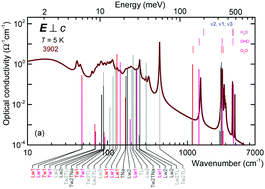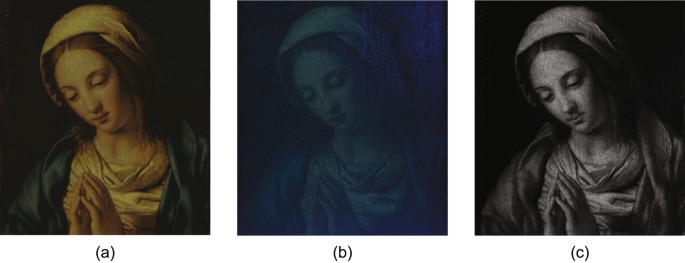Application sales scientist
TeraView Ltd is
the world’s first and leading provider of terahertz solutions to Fortune 500
companies, in a variety of industries. TeraView was created in 2001 from a
relationship between the Toshiba Corporation and the Cavendish Laboratory at
the University Cambridge. TeraView’s vision is to establish terahertz as the
premier imaging and inspection tool for the 21st century, comparable
to the enormous success of X-Ray the latter half of the last century, and more
recently ultrasound.
We are currently
looking for an Application Sales Scientist based Cambridge, UK.
The ideal
candidate will have;
A good technical background:
- ·
Good first degree in physics or chemistry
- ·
Ph.D. in a physical science
- ·
A background one or more of the following areas
- Spectroscopy
- OTC
- Ultrasound
- Multi-spectral imaging
- Terahertz imaging
- Terahertz spectroscopy
With desirable
skills in:
- Background in spectroscopy instrumentation
- MATLAB programming skills
Also, software skills required include in:
·
Office/Word/Excel
Other skills,
experience and characteristics required:
·
Technical background
·
Collaborative team player
·
Proactive mind-set
·
Highly organised
·
Attention to detail
·
Being able to work with minimal supervision
·
A valid driving
licence is required
The key tasks they will engage in:
- · Providing technical advice to customers
at both pre- and post-sales stages
- · Providing support and explanation to
customers by email, by phone and in person
- · Develop technical proposals, quotations,
and orders
- · Generate and approve pricing, schedule
and product offering for quotation to prospective customers
- Plan and direct marketing activity such as
marketing strategy development, marketing materials generation, tradeshow
support and lead generation activities
- Attending conference and technical
meetings
- · Supporting the customer by addressing
their requirements in a wide variety of application areas
- · Maintain technical service database and
reference files, documenting response times and delivering on commitments made
to customer
- · Communicate customer and product
feedback to Marketing and R&D to further improve quality and the customer
experience
- · Contribute to technical publications,
application notes and SOPs.
- · First point of contact for customer
feedback
- · The candidate will be expected to travel up 50% of
their time world-wide.
To apply for this
vacancy, please send your CV and a support letter in their application
detailing why they are right for the job. These should be sent to:-recruitment@teraview.com.
TeraView offers flexible working hours
with an excellent salary and benefits package, along with the opportunity for
highly-motivated staff to work together in a friendly, intellectually
stimulating and challenging environment.
We are an equal
opportunities employer and pride ourselves on our diverse workforce. For further information and background on the
company, please visit our website on: www.teraview.com.
No agencies please.









